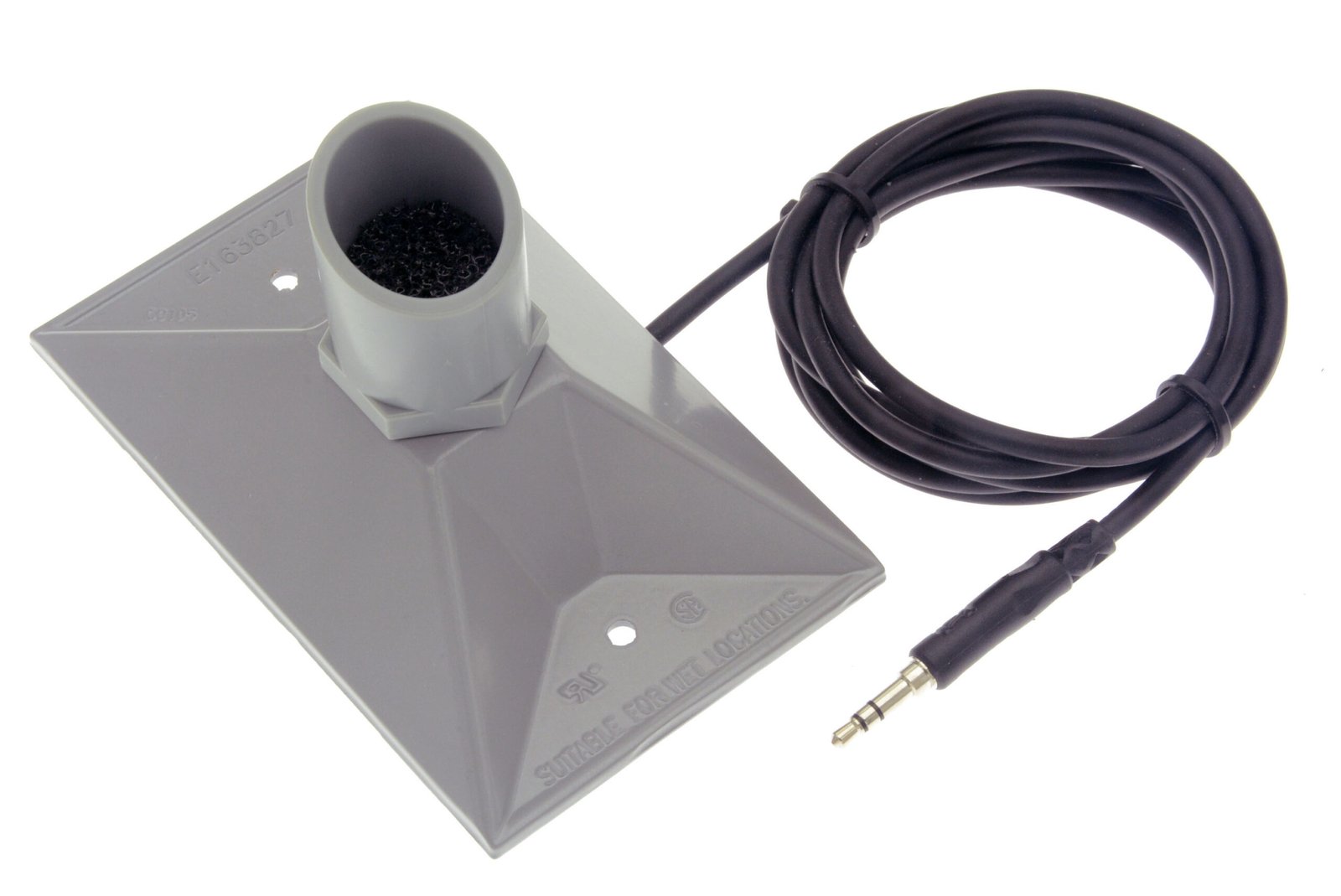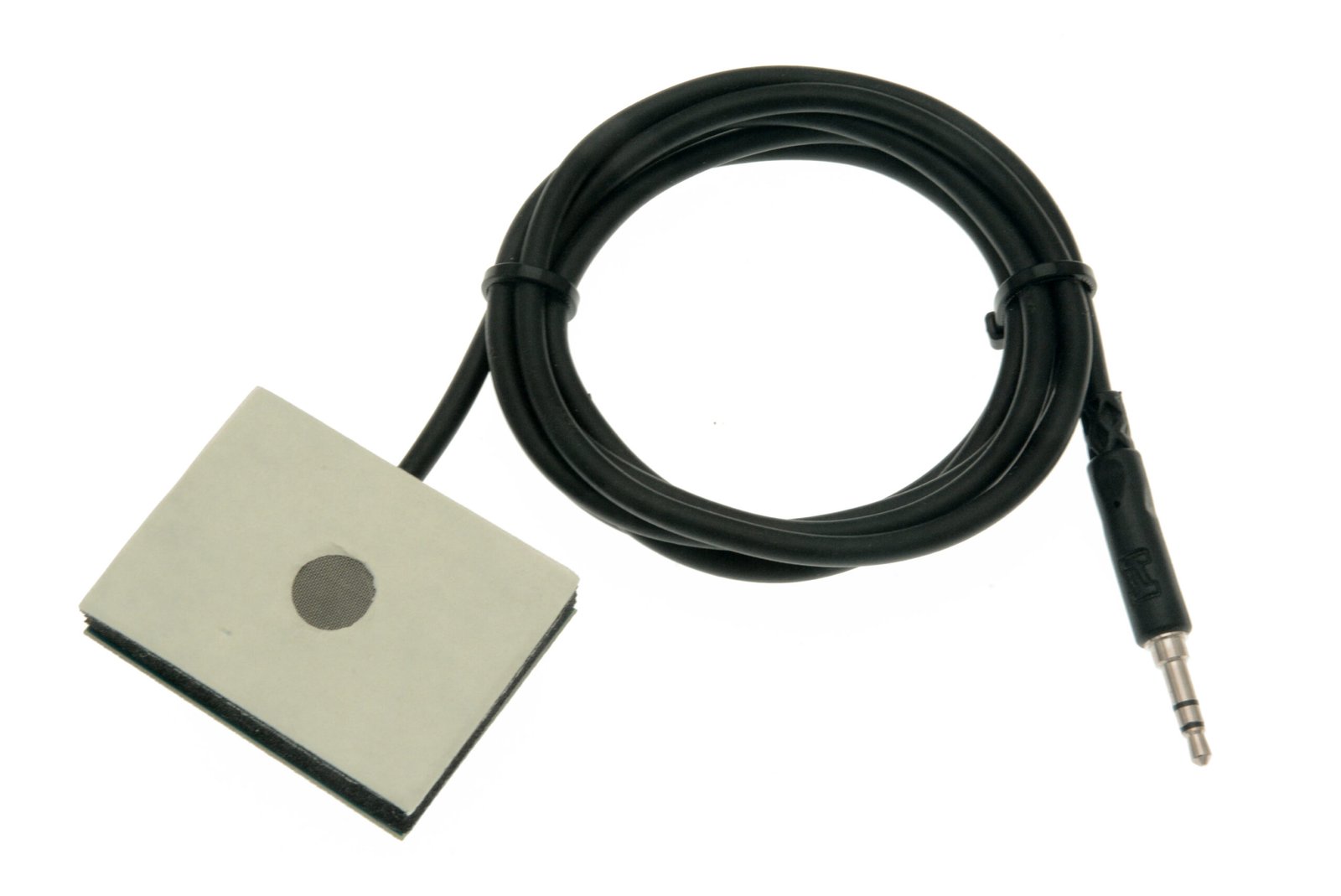Audio and The Law
Audio and The Law
Understanding Audio Recording Laws in the USA
Audio and the Law: Why It Matters
Audio recording laws in the United States are complex and vary significantly from state to state. These laws are in place to protect individual privacy and ensure that audio surveillance and recordings are conducted ethically and legally.
Whether you’re using audio for security, business operations, or personal reasons, understanding audio and the laws governing audio recording is essential. At ETS, we’re dedicated to helping our customers stay informed and compliant while making the most of their audio equipment.
What This Page Covers
On this page, you’ll find:
- A breakdown of one-party and two-party consent laws by state.
- Common scenarios to help you understand legal audio recording.
- Best practices for compliance to avoid legal risks.
Why Compliance Matters
Failing to comply with audio recording laws can result in fines, lawsuits, or even criminal charges. More importantly, respecting privacy builds trust and demonstrates responsible use of technology.
A Trusted Partner in Audio Surveillance
ETS has been designing and manufacturing audio solutions for over 30 years. Our products are used in diverse industries, from security systems to kiosks, and are designed with compliance in mind.
ETS takes audio and the law very seriously, so let’s explore the laws and best practices so you can make informed decisions about your audio surveillance needs.
A Note on Legal Advice
This page is designed to provide a general overview of audio recording laws in the USA and is for informational purposes only. It is not intended to serve as legal advice. If you have specific questions about your situation or are uncertain about the legalities of audio recording in your area, we strongly recommend consulting a qualified attorney for guidance.
Disclaimer: Laws may vary or change; consult legal counsel for advice.
Washington
California
Montana
Florida
Michigan
Maryland
Delaware
Pennsylvania
Massachusetts
Vermont
New Hampshire
Illinois
Texas
Maine
Hawaii
Alaska
Idaho
Nevada
Utah
Arizona
New Mexico
Colorado
Wyoming
Kansas
Nebraska
South Dakota
North Dakota
Minnesota
Iowa
Missouri
Arkansas
Louisiana
Mississippi
Alabama
Georgia
South Carolina
Tennessee
Kentucky
Virginia
Wisconsin
Indiana
Ohio
West Virginia
Washington DC
New Jersey
Connecticut
Key:
1 Party Consent
All Party Consent
Disclaimer: Laws may vary or change; consult legal counsel for advice.
Washington
California
Montana
Florida
Michigan
Maryland
Delaware
Pennsylvania
Massachusetts
Vermont
New Hampshire
Illinois
Texas
Maine
Hawaii
Alaska
Idaho
Nevada
Utah
Arizona
New Mexico
Colorado
Wyoming
Kansas
Nebraska
South Dakota
North Dakota
Minnesota
Iowa
Missouri
Arkansas
Louisiana
Mississippi
Alabama
Georgia
South Carolina
Tennessee
Kentucky
Virginia
Wisconsin
Indiana
Ohio
West Virginia
Washington DC
New Jersey
Connecticut
Key:
1 Party Consent
All Party Consent
What Are Consent Laws?
Defining Consent Laws
Consent laws determine when and how it is legal to record audio conversations. The key distinction lies in whether one or all parties involved in the conversation must give their consent for the recording to be lawful. If you’re going to begin understanding audio and the law, defining the differences between one and all-party consent is the best place to start
One-Party Consent
In states with one-party consent laws, only one person participating in the conversation needs to give consent for the recording. This means you can legally record a conversation as long as you are part of it or another participant has explicitly agreed to the recording.
Two-Party (All Party) Consent
In states with two-party or all-party consent laws, everyone participating in the conversation must provide their consent before a recording can be made. Without agreement from all parties, recording the conversation may be illegal, even if you are one of the participants.
Examples of Consent in Practice
One-Party Consent
You are a business owner in a one-party consent state, and you decide to install audio surveillance microphones in your reception area. Since you are the owner of the property, no further consent or signage is required.
Two-Party (All Party) Consent
You’re installing an intercom system in an office located in a two-party consent state. To record conversations legally, you must inform all users and obtain their agreement, either verbally or through clear signage.
Understanding “Parties” in a Conversation
A “party” to a conversation is anyone actively participating in it. For example:
- If two people are speaking directly, both are parties.
- If a customer speaks with an employee through an intercom, both are parties.
It is important to note that individuals not directly involved in the conversation, such as bystanders, cannot legally record without the consent of at least one active participant (or all participants, depending on the state).
By understanding these distinctions, you can better navigate the legal landscape and ensure compliance with local laws. In the next section, we’ll dive deeper into how these laws vary across the United States.
When and How to Record Legally
Understanding how consent laws apply in real-world situations is key to staying compliant. Below are some common scenarios and how consent laws might affect them:
Business Security
Monitoring
In a two-party consent state, visible signage or recorded verbal notifications (e.g., “This area is under audio surveillance”) ensure all parties are informed and can comply with the law.
If you’re installing an audio-enabled surveillance system in a business located in a one-party consent state, only the business owner or representative must consent.
Intercom
Systems
In two-party consent states, it is crucial to notify users of intercom systems that conversations may be recorded. This can be done through signage or device prompts.
One party states don’t require prior notification. For example, a security guard monitoring an intercom system can record conversations without informing the person speaking through the intercom, provided they are part of the interaction.
Schools
& Universities
Many schools install audio-enabled security systems in hallways or cafeterias to monitor for safety concerns. In two-party consent states, schools should post clear signage indicating that conversations may be recorded.
One-party consent states might allow these recordings without additional notifications, but ethical considerations around privacy should still be addressed. Minor-aged students typically require prior consent from legal guardians. For more advice, consult a qualified attorney.
Medical Offices &
Hospitals
Some healthcare facilities record intercom or patient-staff interactions for security or operational purposes.
In both one-party and two-party states, recordings in sensitive areas like examination rooms should always be explicitly disclosed and consent obtained, as additional healthcare privacy laws (e.g., HIPAA) may apply.
Public Transportation &
Public Spaces
Public buses, trains, and subway systems often have audio-enabled surveillance for safety and crime prevention.In two-party states, audio recording must be disclosed via signs in stations, on vehicles, or during announcements.
In one-party states, no additional notifications are required, though transit authorities often provide notices to avoid disputes.
Residential
Property
Homeowners may use audio-enabled security cameras or doorbells (e.g., video doorbells) to monitor their property. In two-party consent states, add a visible notice, such as: “Audio and video recording on this property.” This is especially important for areas where visitors might have private conversations, like porches.
In one-party consent states, the homeowner’s consent suffices.
Hotels & Short-Term
Rentals
Property owners may use audio-enabled surveillance in shared spaces like lobbies or living rooms to monitor activity. In two-party consent states, renters or guests must be informed beforehand, usually through booking agreements or visible signage. Recording in private spaces like bedrooms or bathrooms is strictly prohibited under all circumstances.
In one-party consent states, the owner’s consent may suffice.
Retail
Stores
Retailers may use audio-enabled surveillance to deter theft or monitor employee-customer interactions. In two-party consent states, signage such as “This area is under audio and video surveillance” must be posted prominently near entrances or checkouts.
In one-party consent states, recording can be done without notification.
10 Best Practices that take Audio and the Law into Consideration
When implementing audio surveillance systems, it’s essential to follow industry best practices to ensure compliance with laws, respect privacy, and enhance the effectiveness of your surveillance. Below are key recommendations for organizations considering or utilizing audio surveillance systems.
- Understand Local, State, and Federal Laws
Before deploying audio surveillance, familiarize yourself with the relevant laws in your jurisdiction. Different states have varying consent requirements, with some needing one-party consent and others requiring all-party consent. Always ensure compliance with federal laws, including those related to wiretapping and surveillance. - Notify Individuals About Recording
In areas where recording is allowed, it’s crucial to inform all individuals that conversations may be monitored. This can be done through clear signage, audio prompts, or verbal notifications, especially in public spaces, workplaces, or businesses. - Limit Recording to Public or Relevant Areas
Audio surveillance should be confined to areas where individuals have a reduced expectation of privacy, such as entryways, parking lots, or store aisles. Avoid placing microphones in restrooms, break rooms, or other areas where privacy expectations are high. - Implement Data Security and Retention Policies
Ensure that audio recordings are securely stored to prevent unauthorized access. Establish retention policies to determine how long recordings are kept, making sure they are discarded in a secure and timely manner when no longer needed. - Ensure Clear Purpose and Scope
The purpose of audio surveillance should be clearly defined. Whether it’s for security, quality control, or compliance, the scope of audio monitoring should be limited to what is necessary to achieve that goal. Over-recording can lead to unnecessary privacy violations and potential legal liabilities.
- Obtain Consent Where Required
In two-party or all-party consent states, make sure you obtain the necessary consent before recording conversations. This may involve notifying customers, employees, or visitors before their conversations are captured, ensuring that consent is documented. - Train Employees and Stakeholders
It is important to train employees and any individuals responsible for operating or managing surveillance systems on the legal requirements, ethical considerations, and proper procedures. They should understand how to use the system appropriately and what to do if they encounter sensitive or problematic situations. - Regular Audits and Compliance Checks
Conduct regular audits of your audio surveillance systems to ensure compliance with all relevant laws and internal policies. If new laws are passed or regulations change, update your practices and ensure your equipment is used correctly. - Respect Privacy Rights
Even when legally permitted, organizations should be mindful of individuals’ privacy rights. Consider how audio surveillance can be used responsibly to minimize any potential harm to privacy and ensure transparency in the monitoring process. - Use Secure Technology
Invest in high-quality and secure audio surveillance equipment. Ensure that the systems in use cannot easily be tampered with or compromised. Technology should be kept up to date with the latest security patches and feature improvements.
Resources by Section
Understanding Audio Recording Laws
Map of USA Consent Laws by State
Overview of USA Consent Laws
Overview of Audio Recording Laws in the United States
- Businesses – Monarch Connected
- Businesses – UTSA Privacy Online Recordings
- Schools – FERPA
- Schools – AASB.org
- Medical Offices & Hospitals – JAMA Surgery
- Medical Offices & Hospitals – HHS HIPAA Privacy Rules
- Public Transportation and Public Spaces – UpCounsel.com
- Public Transportation and Public Spaces – ScreenApp Blog
- Residential Property, Hotels, and Short-Term Rentals – SafeHome































